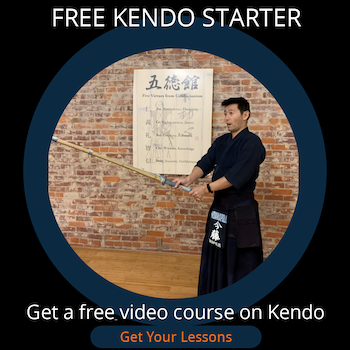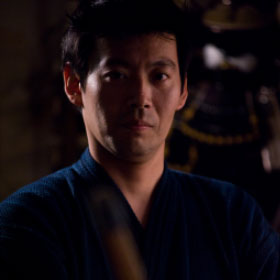You Got It!
What Are You Learning at the Dojo?
I hated kendo. The teachers were scary. Training was hard. Plus I couldn’t win any shiai at all so there was no point for me to keep doing kendo. I was so ready to quit. One time my father kicked me and dragged me out of the kotatsu (Japanese traditional heating table) because I was pretending to be sick to ditch a keiko.
But for some reasons, maybe it was peer pressure or I didn’t want to make my father mad again, I kept training. One day, I realized that I was having a fun with training kendo.
Several times in my life, I have thought about quitting kendo. Why?
- I couldn’t win shiai
- I didn’t see any improvements in my kendo
- Club members were quitting
- I felt lonely because no one seemed care about kendo
I’m sure that you’ve been frustrated because you think you should be doing a lot better or you felt that you were useless because you couldn’t fix certain movements of kendo.
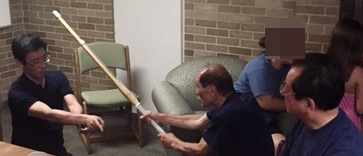 Learning How to Strike Men from 8-dan senseis
Learning How to Strike Men from 8-dan senseisA few months ago, I was learning how to do suburi. Yes, suburi. Just a simple men strike. Just arm movements. I couldn’t do it right. There were three 8-dan sensei telling me what to do and what I was doing wrong one after another.
Kendo is that hard. It is so hard to do things as teachers tell you to do. So don’t feel useless. Everyone has to go through the phase of “I am useless” over and over and over. Even 8-dan senseis talk about how immature their kendo is compared to their own sensei.
A Baby Step At A Time
Of course, teachers tell you what you are doing wrong all the time. If they don’t, how can you fix your mistakes and improve your kendo? If you do the perfect kendo, then you don’t even need to practice. They are telling you so you can improve. So don’t take it personally.
We can only do what we can do at the time of learning. Don’t blame yourself. If you are not loud enough, be loud. If your back foot moves when striking (tsugi-ashi or ayumi-ashi), stop doing that. Just do what you can even when you feel awkward to do so. If you are doing kendo for 5 years, you are just a 5 years old kendoist. So do what you can do at your kendo age.
Imperfect Is Perfect
You cannot do kendo perfectly. You never can. I guarantee you that. No one expects you do things perfectly because no one can do them perfectly. But teachers/instructors are sharing what is considered to be perfect so we all can work on it together.
I’ve never met any sensei who said “My kendo is perfect”. If 8-dan senseis cannot be perfect, we all cannot be. So it’s OK to be imperfect.
We are learning the perfect process of dealing with ourselves when we encounter difficulties in our lives. The most difficult thing to deal with is to overcome our negative feelings when we have difficulties.
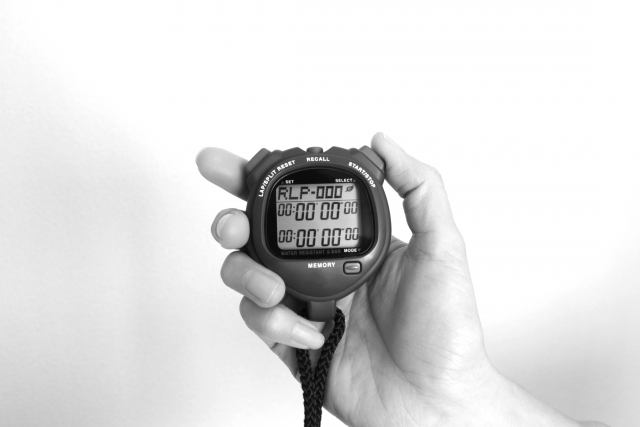 Focus. Time Won't Wait For You
Focus. Time Won't Wait For YouTime Is Limited. Go For Quality
How many times do you train per week? How many hours can you train per week? How much chances do you have to correct your kendo?
When your teacher points out what you are doing wrong, there is no excuse. You’re not doing what your teacher tells you to do. Accept the fact. Don’t make any excuses. Fix it right away and think about why you cannot do what you learned.
I see three reasons why you cannot do what your teacher told you to do.
- You are physically impossible to perform what you learn or
- You are not controlling your body because it feels weird or
- You are preoccupied with something else like striking a target or
- You refuse to listen to your teacher.
You cannot perform certain things if you have injuries. How can you sit in seiza when your knees don’t bend? This is something you should tell your teacher and you and your teacher need to come up with alternatives.
The rests can be controlled by you. You need to be in charge of your mind and body. Your teacher cannot control your mind and body. You are the only person who can.
If you are refusing to learn from your teacher, what’s the point of learning from him/her? Just leave the dojo and find someone else to follow.
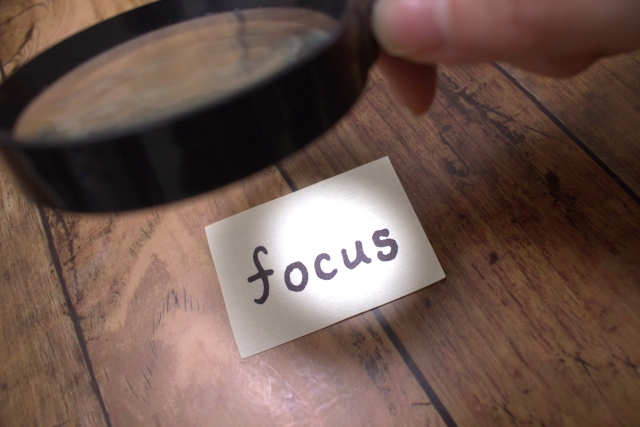 Focus on One Thing at A Time
Focus on One Thing at A TimeFocus On What You Are Told To Do
Don’t worry about the number of strikes you need to perform during the basic drills. Do three instead of five men strikes. Don’t worry about being too slow to finish up the drill. Better do it slowly and correctly than quickly and incorrectly.
Japanese people start kendo when they were 7 years old or even younger. They are surrounded by many other kendoists and teachers. They have opportunities to train everyday. Under such environment, you can rely on quantity to improve. But most of us should consider ourselves lucky if we have a place to train.
Don't Improve Your Kendo
If you are an adult, increase the quality of your training. Take your time to do your kendo correctly as you are told to do. You need to focus on yourself and study and train your ideal kendo taught by your teacher.
You might think you are training kendo. But you aren’t. Through kendo, we are learning about ourselves. Kendo teaches us our weaknesses. That is why we get frustrated. That is why you don’t want to know what you are doing wrong. We are dealing with ourselves. Are you willing to spend time to work on yourself? It is not kendo you are improving. It is you.
Take it easy if you want to improve yourself. You might think you are useless in kendo. Give yourself some time and train step by step. One day you will be thinking how you can pass 7-dan.
